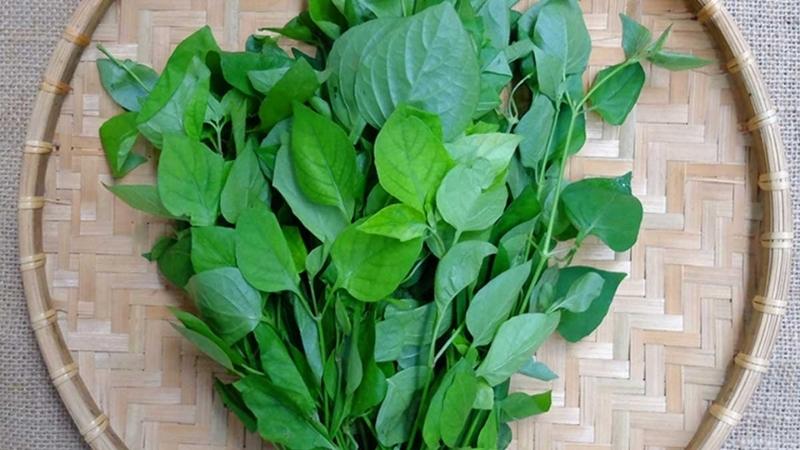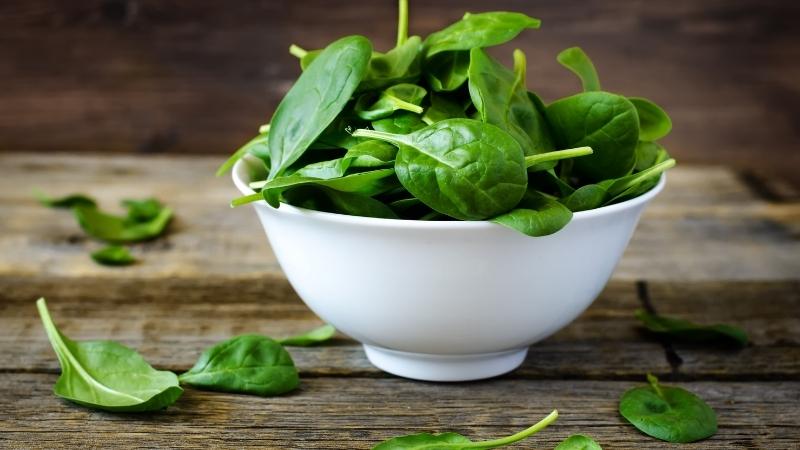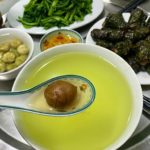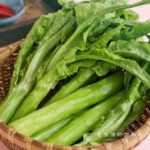1How to choose amaranth greens
When selecting amaranth greens, it is important to choose those with thin and firm leaves. Avoid purchasing leaves that are unusually thick, soft, or curly, as they may have been treated with pesticides.
For optimal quality, look for amaranth greens that are green in color with uneven leaf growth. Some torn leaves are also acceptable. Avoid purchasing greens that are dark green, excessively soft, or lacking holes.

How to choose amaranth greens
When cooking amaranth greens, ensure that the water remains light green, clear, and free from any abnormal colors. If the broth turns black or cloudy with floating scum, this may indicate the presence of residual plant protection chemicals, and the greens should not be consumed.
It is also important to note that the amaranth greens season typically starts in July and lasts until March of the following year. To ensure safety, it is best to purchase amaranth greens during their respective seasons.
2How to choose water spinach
Water spinach is a refreshing vegetable commonly enjoyed during the summer. It is not only rich in nutrients but also a popular choice among many households.
When selecting water spinach, look for a bunch with a uniform green color from leaves to stem. It should have many shoots and few leaves. Avoid shiny, smooth, pale green, and long shoots.
Choose water spinach with small shoots that have a dark green color. They should be crispy and tasty, rather than pale or wilted. Before cooking, remember to wash and soak all types of greens in saltwater or rice water.

How to choose water spinach
Choosing Chemical-Free Morning Glory Vegetables for a Clean Diet
Are you looking for ways to include morning glory in your diet in a safe and healthy way? Here’s how to pick morning glory that is free of chemicals and full of essential minerals, fiber, iron, and vitamins.



































